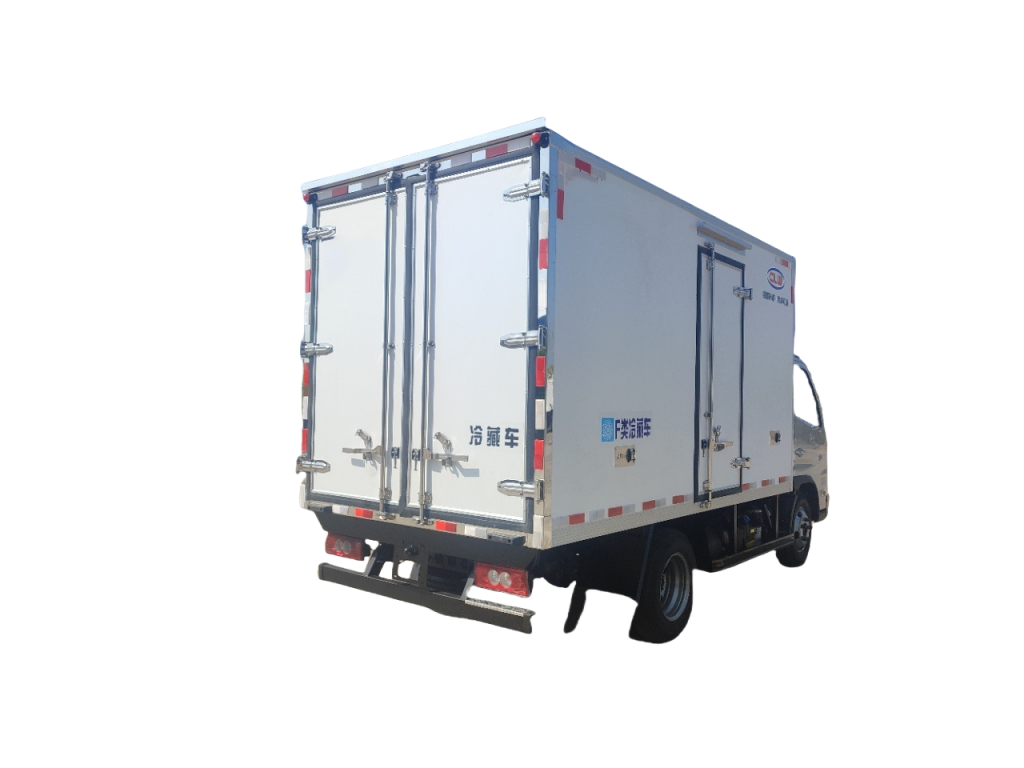Exploring Truck Mounted Crane Specifications A Comprehensive Guide

Introduction
Truck mounted cranes are versatile pieces of equipment that play a crucial role in various industries such as construction, logistics, transportation, and utilities. These cranes are mounted on trucks, providing mobility and flexibility in lifting and moving heavy loads. In this article, we will delve into the specifications of truck mounted cranes, exploring their key features, capabilities, and applications.
1. Types of Truck Mounted Cranes
There are several types of truck mounted cranes available in the market, each designed for specific applications and lifting requirements. The most common types include:
- Telescopic Boom Truck Cranes: These cranes feature a telescoping boom that can extend and retract to reach different heights. find out this here are ideal for lifting and placing loads at varying distances.
- Knuckle Boom Cranes: Also known as articulated cranes, these cranes have a knuckle joint in the middle of the boom, allowing for greater flexibility and reach. They are commonly used in tight spaces or for loading and unloading materials.
- Lattice Boom Truck Cranes: These cranes feature a lattice boom structure that offers exceptional strength and stability for heavy lifting tasks. They are often used in construction projects and heavy industries.
2. Capacity and Load Chart

One of the most important specifications of a truck mounted crane is its lifting capacity. This refers to the maximum weight that the crane can lift safely. The capacity of a crane is determined by factors such as the boom length, configuration, and stability of the truck.
Load charts are provided by manufacturers to help operators understand the crane's lifting capabilities based on different boom lengths, angles, and configurations. It is crucial for operators to refer to the load chart before performing any lifting operations to ensure safety and prevent overloading.
3. Boom Length and Reach
The boom length of a truck mounted crane refers to the distance from the base of the crane to the tip of the boom. The longer the boom length, the higher the crane can reach. Different types of cranes offer varying boom lengths to suit different applications and job requirements.
The reach of a crane is the horizontal distance that the crane can cover from its base. It is essential to consider the reach of the crane when selecting the right equipment for a specific job, especially when dealing with obstacles or uneven terrain.
4. Hydraulic System
Truck mounted cranes are equipped with hydraulic systems that power the crane's lifting and rotation functions. The hydraulic system consists of pumps, cylinders, valves, and hoses that work together to control the movement of the crane.
The hydraulic system plays a crucial role in the performance and efficiency of the crane. It is essential to ensure that the hydraulic system is well-maintained and serviced regularly to prevent breakdowns and ensure smooth operation.
5. Outriggers and Stabilizers
To ensure the stability and safety of the crane during lifting operations, truck mounted cranes are equipped with outriggers and stabilizers. Outriggers are extendable legs that provide additional support and balance to the crane when lifting heavy loads.
Stabilizers are hydraulic devices that help to keep the crane steady on uneven or sloping terrain. They are essential for preventing the crane from tipping over and ensuring safe lifting operations.
6. Safety Features
Safety is paramount when operating a truck mounted crane. Manufacturers incorporate various safety features to protect operators, bystanders, and the equipment itself. Some common safety features include:
- Load moment indicators: These devices monitor the load on the crane and alert the operator if the crane is approaching its maximum capacity.
- Anti-two block system: This system prevents the crane's hook from contacting the boom tip, which can cause damage to the crane and pose a safety risk.
- Emergency stop buttons: These buttons allow operators to quickly stop the crane's movement in case of an emergency.
7. Control Systems
Truck mounted cranes are operated using control systems that enable operators to maneuver the crane accurately and safely. Control systems may include joysticks, levers, buttons, or remote controls, depending on the crane's design and complexity.
Operators must receive proper training on how to use the crane's control system effectively to ensure precise and safe lifting operations. Regular maintenance and inspection of the control system are also essential to prevent malfunctions and accidents.
8. Maintenance and Inspection
Proper maintenance and regular inspection are crucial for ensuring the optimal performance and longevity of a truck mounted crane. Maintenance tasks may include lubricating moving parts, checking hydraulic fluid levels, inspecting cables and wires, and testing safety features.
Operators should follow the manufacturer's maintenance schedule and guidelines to keep the crane in good working condition. Regular inspections should be conducted to identify any signs of wear, damage, or malfunction that may affect the crane's safety and performance.
Conclusion
Truck mounted cranes are valuable assets in various industries, offering versatility, mobility, and lifting capabilities for a wide range of applications. Understanding the specifications and features of truck mounted cranes is essential for selecting the right equipment for specific tasks and ensuring safe and efficient lifting operations. By considering factors such as capacity, boom length, hydraulic system, safety features, and maintenance requirements, operators can maximize the performance and lifespan of these powerful machines.
